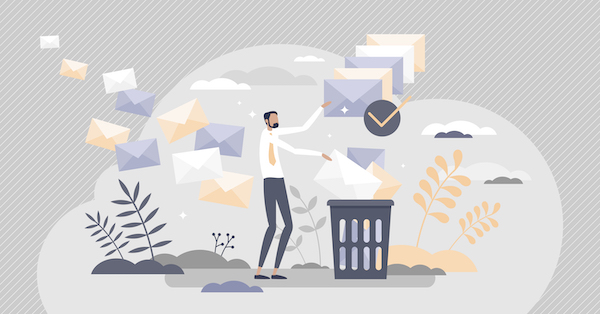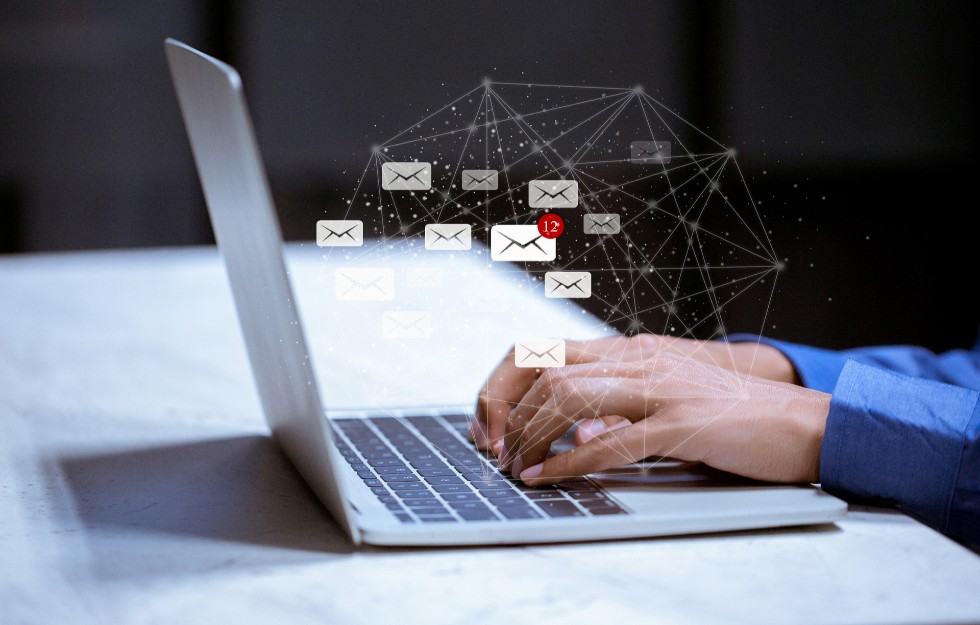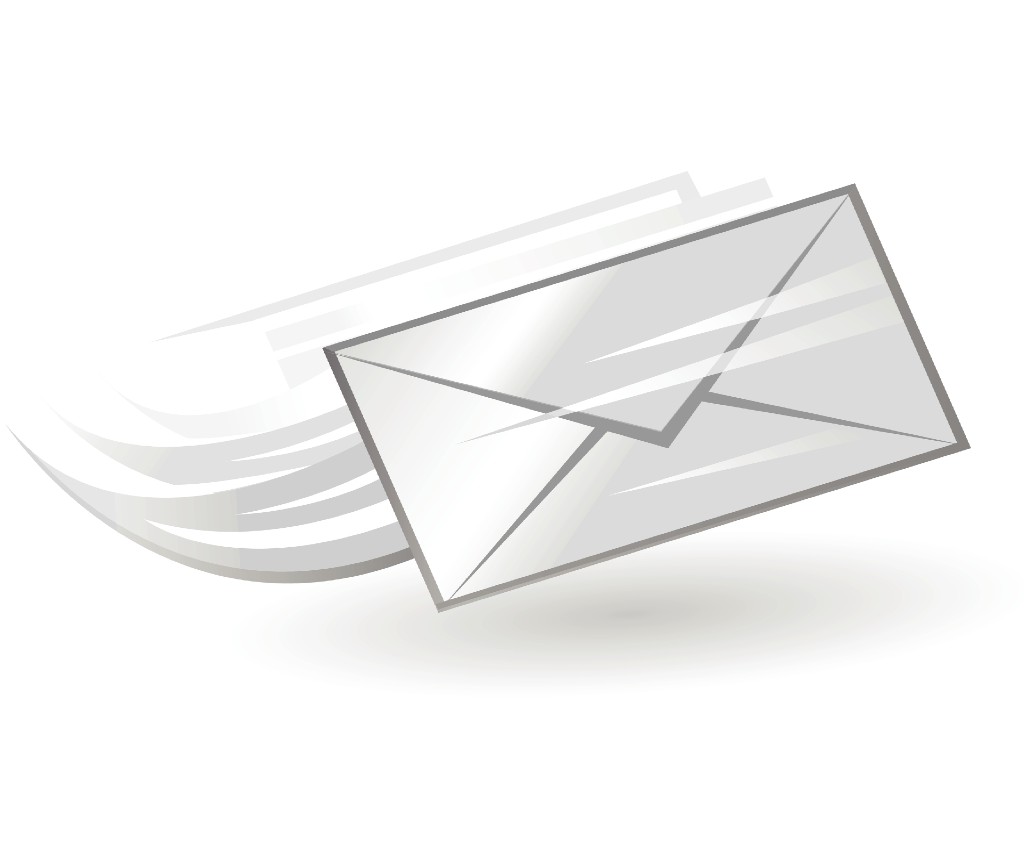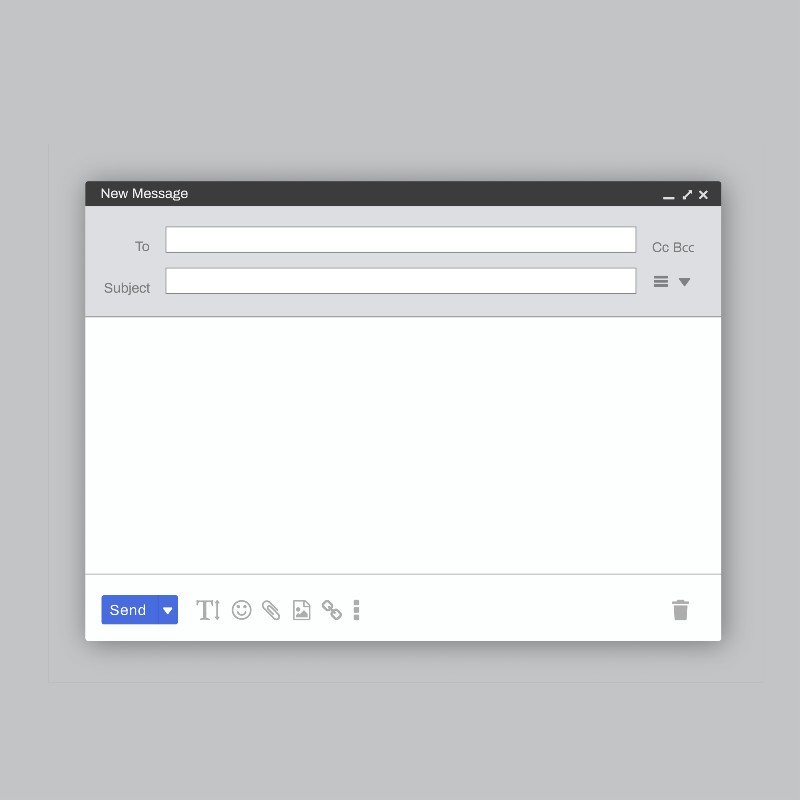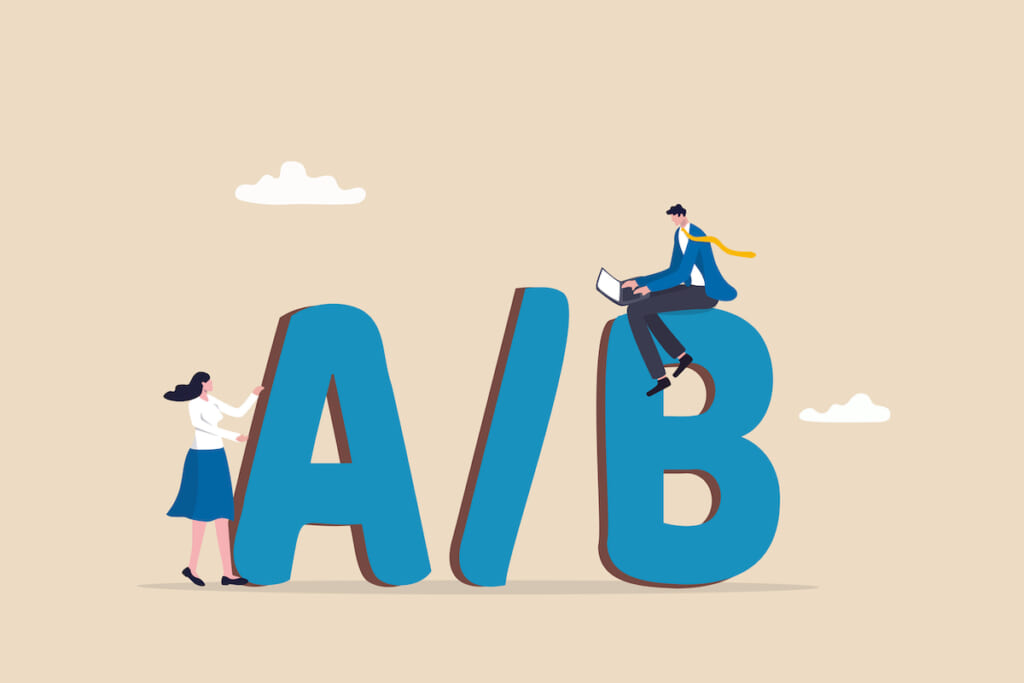6 Automated Email Marketing Flows Every Business Must Have
The key to retaining customers is to maintain constant communication with them. Automated email marketing is one of the most prevalent and effective ways to achieve this.
A series of triggers in an automated email marketing flow will send a personalized email to a consumer multiple times in their customer journey based on their activity.
Each email is tailored for specific touchpoints, automatically guiding the customer through the sales funnel. The key to this sort of marketing is personalized communication. Customers are 90 percent more likely to buy with a company if they receive a personalized experience, according to Accenture.
According to SmartHQ, 72% of the customers only engaged with customized emails. Still, no matter how small your eCommerce, manually sending out emails to every customer would be very time-consuming and even hard to imagine. Luckily, there’s no need, thanks to automated email marketing. It is not a strategy for only huge businesses but a necessity in every eCommerce company. Automated email flow enables marketers to focus on projects that actually need their engagement. Therefore, it boosts productivity.
It is noteworthy that out of the most common marketing strategies, email marketing is the one that generates the highest return on investment (ROI). According to Venture, for every $1 invested on email marketing platforms, users get $38 in return.
Now that you know about this powerful tool for boosting your sales and keeping customers returning, it’s time to learn more about particular types you can use. Of course, there are different types of automated marketing flows, but today we will talk about the six most important and common ones you should implement in your marketing strategy.
Welcome Series
The welcome email is one of the most crucial types of automated email marketing.
According to a survey, 73% of customers expect to receive a welcome email. Like any other situation, the first impression is critical during your customers’ first interaction with your business; therefore, the welcome series can have a long-lasting impact.
So what is precisely a welcome series email? It’s a sequence of emails automatically sent to customers throughout a certain period to raise brand awareness and provide them with information about your product or service. The number of emails in the welcome series depends on the scale of the business.
In the case of a larger company, it usually ranges from 5 to 7. With small businesses, three emails could be enough. The standard period for sending out welcome series emails is one month.
What to Send?
The content of the welcome email series depends on the business itself and what customers might be expecting from you. It could be information about why they need your product, maybe they’ve been thinking about purchasing it, but they need one last nudge with sales and discounts. Provide them with the information about your advantages, including a couple of customer testimonials.
Browse Abandonment
Imagine your potential client scrolls through your webpage, sees a lot of products and services they like but then continues their day without making a purchase, hoping to come back later that day. With our hectic lifestyle, it won’t be hard to imagine that your customer might forget about coming back. The time they spent on your page will go wasted for both of you, but that’s where browsing abandonment emails come in handy. It’s a great way to remind your potential clients about their interests and bring them back to your page in hopes of them actually making a purchase.
Browse abandonment emails are highly personalized, triggered by customers’ specific actions. When looking for a product to purchase, the number of businesses that offer specific products can be overwhelming. More than 50% of shoppers usually research items they plan to buy. Sending out browse abandonment emails can remind them of your product and provide them with the information to help them decide to purchase the product.
Cart Abandonment
The online shopping cart abandonment rate is 69.82%. The customer has chosen one or a handful of items from your website and added them to the cart, but they never actually got to the “checkout” stage. They intended to buy the product, but they never actually went through with the purchase process. That’s when cart abandonment automatization gets triggered. It’s a way to lure back the shoppers. They already have a product in mind and have shown interest. All they might need is a little nudge. According to statistics from the first part of 2021, the abandoned cart takes second place in the list of highest converting automated marketing messages with 39.7%. Definitely one of the must-haves, huh?
Win-back Series
Having a loyal customer who regularly purchases items from your website is a dream for every business, but that’s hard to come by. Usually, many disengaged customers make only one or two purchases and then disappear for a long time.
Win-back series emails are tailored for these types of customers. It’s a way to reach out to an inactive customer. Generally, a customer is considered inactive after six months of not making any purchase or visiting a website. But this time can differ based on what kind of product the business offers. These emails aim to make them interested in new products or updates on your business offers and make them active subscribers again. As it costs five times more to get a new customer than to keep an existing one, making automated win-back series emails makes a lot of sense.
Nurture flow
Nurture flow is one of the most vital types of automated email marketing. It’s a campaign that uses on-site content to provide value to potential consumers. For example, you can create custom email flows that use user behavior data to build trust in your brand and bring potential consumers closer to your purchases.
The Nurture Flow focuses not only on selling to your audience but also on educating your customers. Behavior-based nature makes nurture flow wholly tailored to each consumer. They receive information based on what they genuinely want and need and not based on external factors or campaigns going on at that time. It gives the business opportunity to build personal relationships with its customers.
Review
You have already given your customers all the information about your product and purchase. Now is the right time to see if you can get little information from them.
When shopping online, most customers first look at a product review. The automated review flow allows companies to learn about the customer experience, their thoughts on the product, whether they want to change something, and their satisfaction. All this information can be beneficial in improving your product, attracting more customers, and increasing sales in the future.
In conclusion
While these six strategies are beneficial, possibilities and options are endless for automated marketing flows. Now that you know all about the most crucial types of automated email marketing flows, it’s time to better understand your customers by testing and implementing them into your marketing plan.

